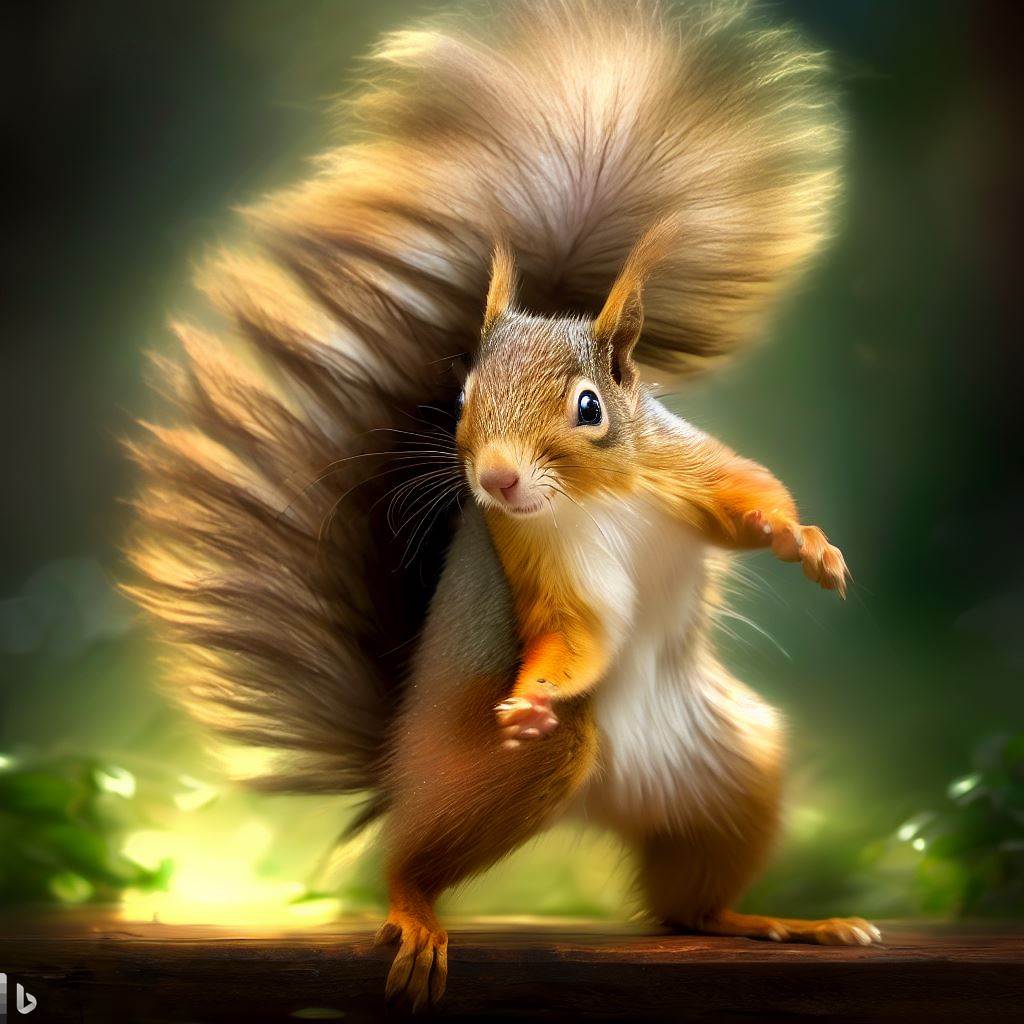
ECO-FRIENDLY PEST CONTROL INC.
Sun - Thur: 8AM - 8PM

Sun - Thur: 8AM - 8PM

Squirrels are fascinating creatures known for their agile movements and bushy tails. They belong to the family Sciuridae, which includes various species distributed worldwide. Let's explore the life and habits of squirrels in detail.
Squirrels are small to medium-sized rodents with a distinct body shape and characteristic features. They have sharp incisors that continuously grow, enabling them to gnaw on various objects and food sources. Squirrels come in different sizes, shapes, and colors, depending on the species.
These rodents are highly adaptable and can be found in a wide range of habitats, including forests, woodlands, parks, and urban areas. They are skilled climbers and spend a significant amount of time in trees, using their sharp claws and strong hind legs to navigate branches with ease. Their long, bushy tails serve as a balance and communication tool.
Squirrels have well-developed senses, including excellent vision, acute hearing, and a keen sense of touch. Their large eyes help them spot potential threats or sources of food, while their sensitive whiskers aid in detecting objects and navigating their environment.
When it comes to their feeding habits, squirrels are primarily herbivorous, but some species also display omnivorous tendencies. They feed on a wide variety of foods, including nuts, seeds, fruits, vegetables, fungi, and even bird eggs or insects. Squirrels are known for their hoarding behavior, collecting and storing food for future consumption. They bury or hide their food in multiple locations, utilizing their keen memory to locate these hidden caches later.
Squirrels have a well-defined social structure within their species. Some species are solitary, while others exhibit complex social interactions. They communicate through a combination of vocalizations, body language, and scent marking.
Reproduction in squirrels varies depending on the species and environmental factors. They generally have a breeding season, during which males compete for females. After mating, females give birth to litters of typically 2 to 6 offspring. Squirrels build nests called dreys, which are usually constructed in trees using leaves, twigs, and other materials. The young squirrels, called kits or pups, are born blind, hairless, and dependent on their mother for care and nourishment.
Squirrels are active during the day and are known for their energetic and playful behavior. They engage in various activities like running, jumping, and chasing each other. However, they are also highly vigilant and cautious, constantly on the lookout for predators.
In urban areas, squirrels often interact with humans, sometimes causing conflicts. They may raid bird feeders, chew on electrical wires, or invade attics and crawl spaces. However, they also play a crucial role in seed dispersal and forest regeneration.
Conservation efforts focus on protecting natural habitats and maintaining biodiversity, as squirrels are an integral part of ecosystems. Additionally, management techniques such as habitat preservation, exclusion methods, and humane trapping can help mitigate conflicts between squirrels and humans.
In conclusion, squirrels are remarkable creatures with fascinating life and habits. Their adaptability, climbing skills, hoarding behavior, and social interactions make them intriguing subjects of study and observation. Understanding and appreciating these unique rodents can help promote coexistence and ensure the conservation of their natural habitats.
In conclusion, squirrels are remarkable creatures with fascinating life and habits. Their adaptability, climbing skills, hoarding behavior, and social interactions make them intriguing subjects of study and observation. Understanding and appreciating these unique rodents can help promote coexistence and ensure the conservation of their natural habitats.